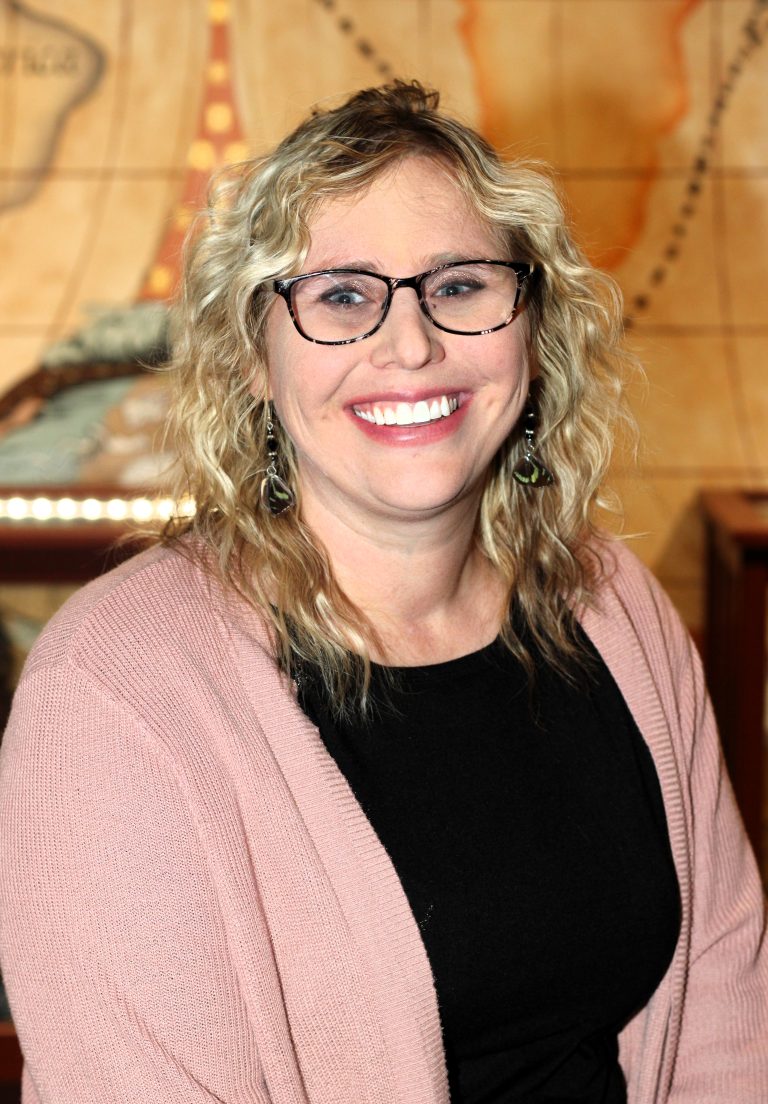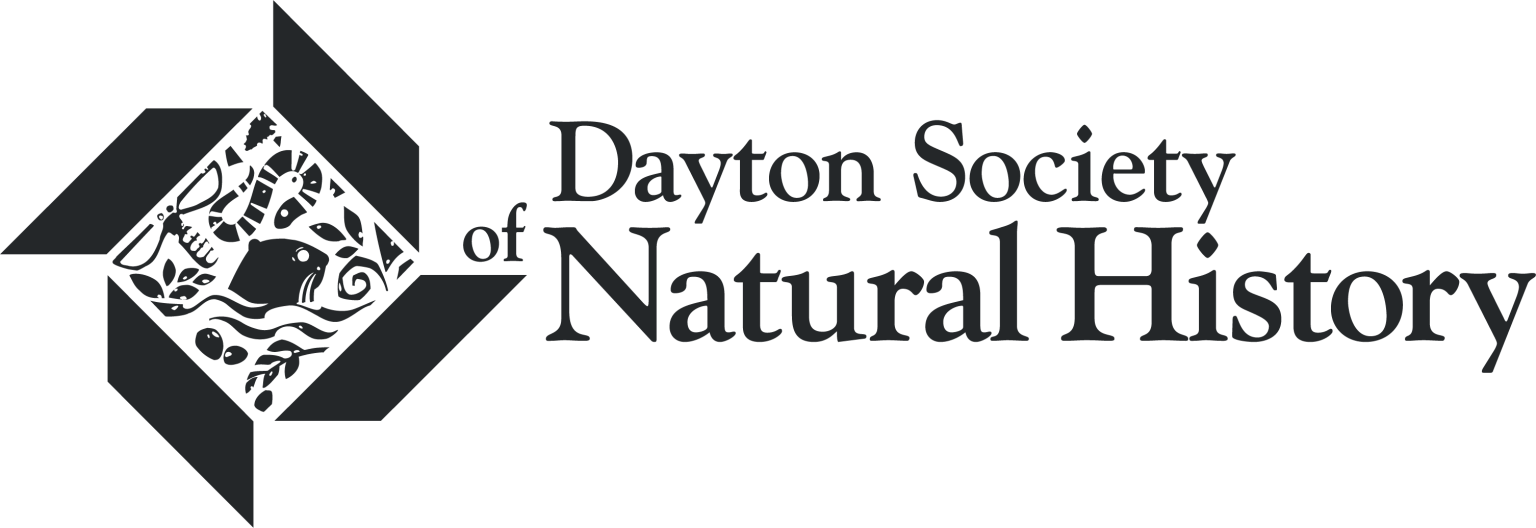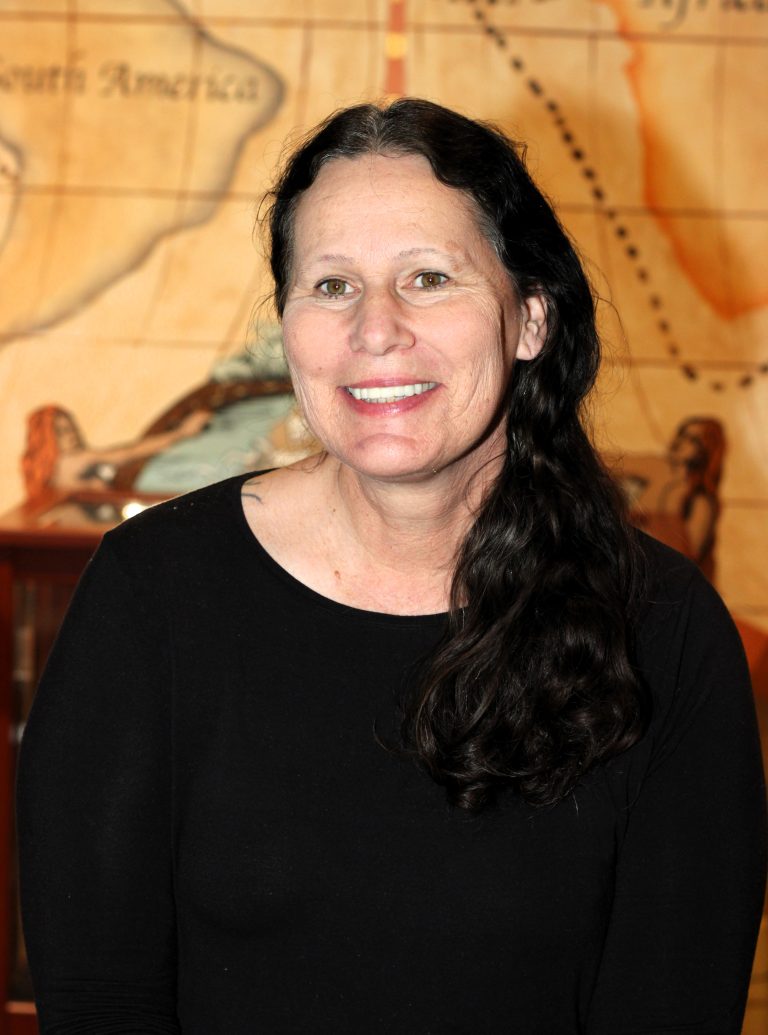

To create and provide meaningful and entertaining learning experiences for curious minds to engage with natural history, science, and nature while honoring and preserving collections for future generations.

To be the leading regional destinations where people engage with global natural history, science, and nature.
The Library
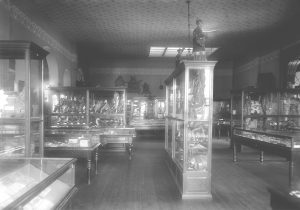
(Dayton Public Library and Museum)
The Dayton Museum of Natural History began in 1893 as a part of the Dayton Public Library and Museum. Over the years, collections gathered by prominent Dayton citizens on their trips around the world were contributed to the museum. Local natural history collections were also contributed. In 1952, a group of citizens organized the Dayton Society of Natural History which took responsibility for the collections and transformed them into the Dayton Museum of Natural History. In 1958, the Museum of Natural History's main building on Ridge Avenue was completed. In 1991, a new planetarium and expanded collection and exhibit space were added. The Society remained committed to the ideal of inspiring children to enthusiastically embrace science as a vital aspect of their lives through exhibits and programs that were both entertaining and educational.
The Annex
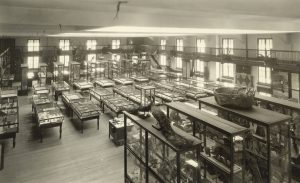
(Dayton Public Library and Museum)
Meanwhile, in 1993 a group of interested community leaders formed a steering committee to explore the idea of creating the Children's Museum of Dayton. This group believed that a children's museum could reach children ages two through twelve and instill in them a lifelong love of learning as well as an appreciation for the world around them. To this end, the group formed a governing board, launched a mobile outreach program, displayed model exhibits, and began planning for a permanent home in downtown Dayton.
Dayton Society of Natural History
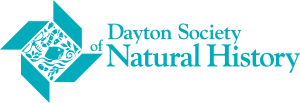
As the Children's Museum movement gained visibility, the similarity between its philosophy and the Museum of Natural History's mission became very clear. In the summer of 1995, the Children's Museum Board and Board of the Dayton Society of Natural History began discussing ways to collaborate. By January, 1996, these talks resulted in an enthusiastic agreement to fully merge boards under the umbrella of the Dayton Society of Natural History *. As a result of the merger, the Dayton Museum of Discovery was born and assumed all public, educational and programming functions previously associated with the Dayton Museum of Natural History.
Boonshoft Museum of Discovery

The board commissioned a professionally-developed exhibits master plan that would take into account all of the resources and potential brought to the table by both organizations and by May 1999 Phases I and II of an extensive exhibits master plan had been completed. The name change to the Boonshoft Museum of Discovery occurred in January, 1999 in recognition of Oscar Boonshoft, one of the Museum's most dedicated friends.
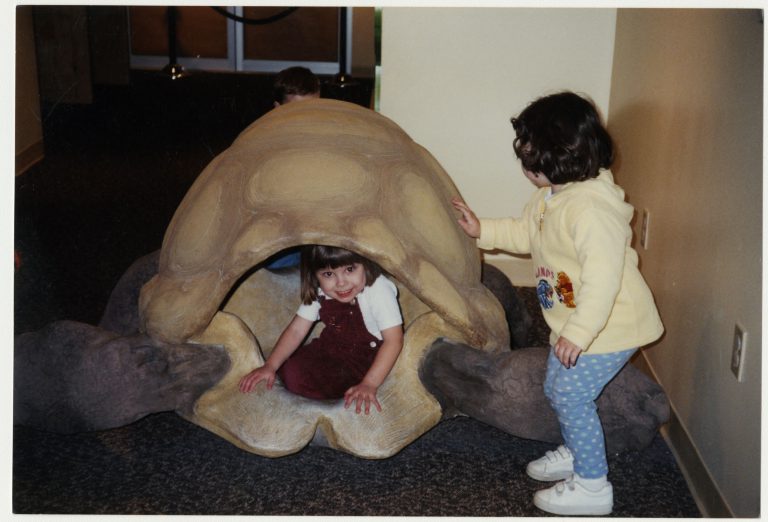

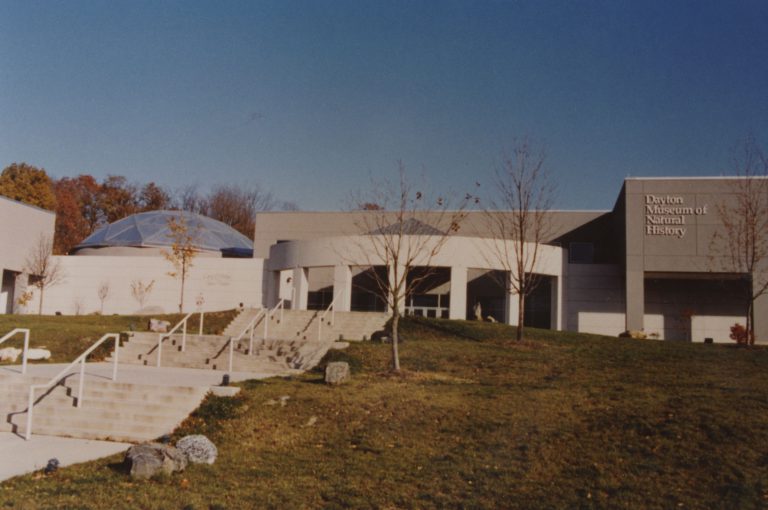
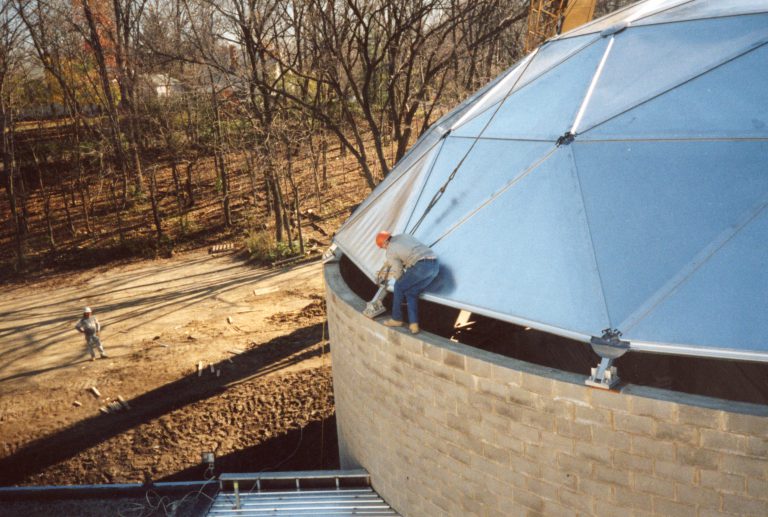

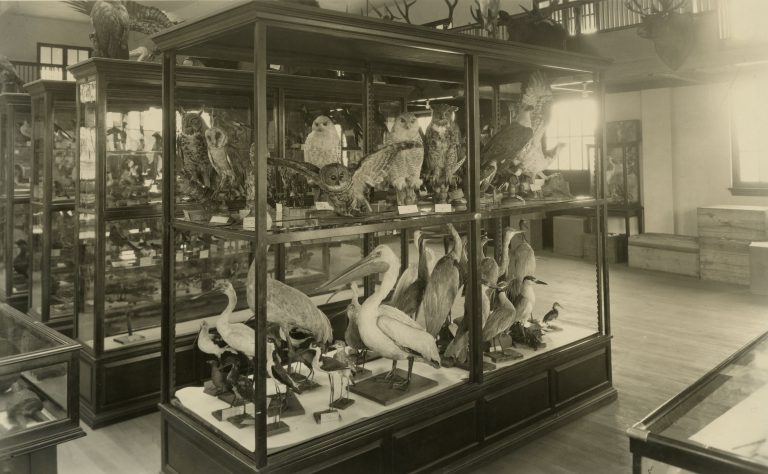
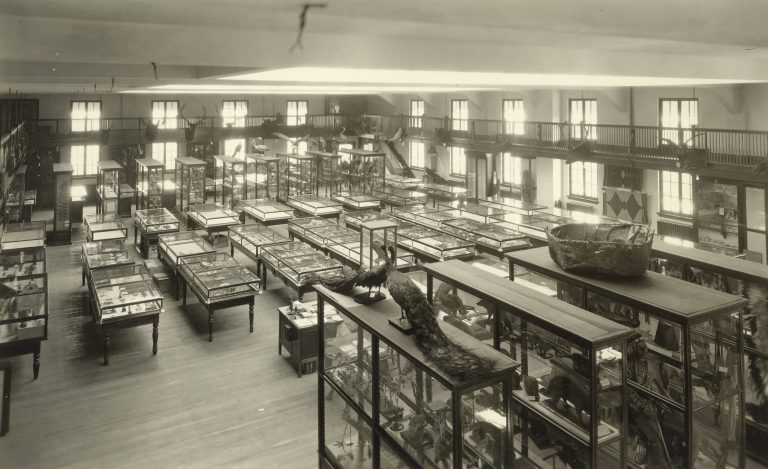
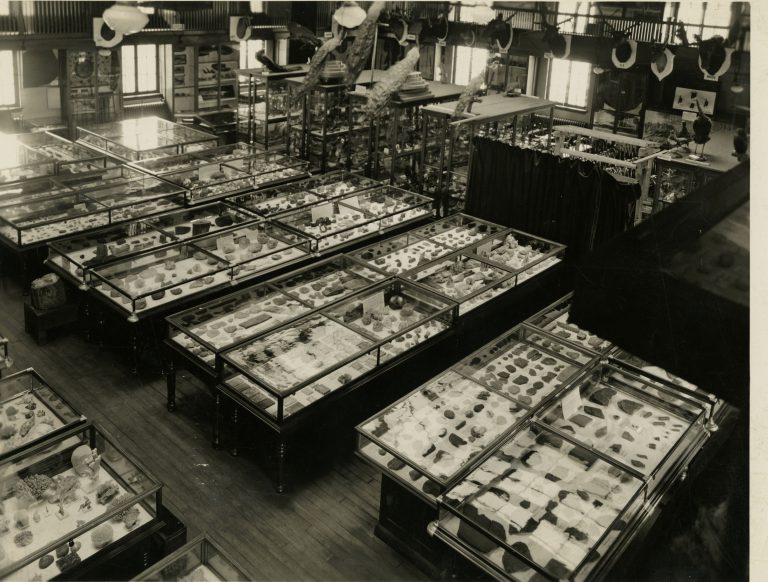
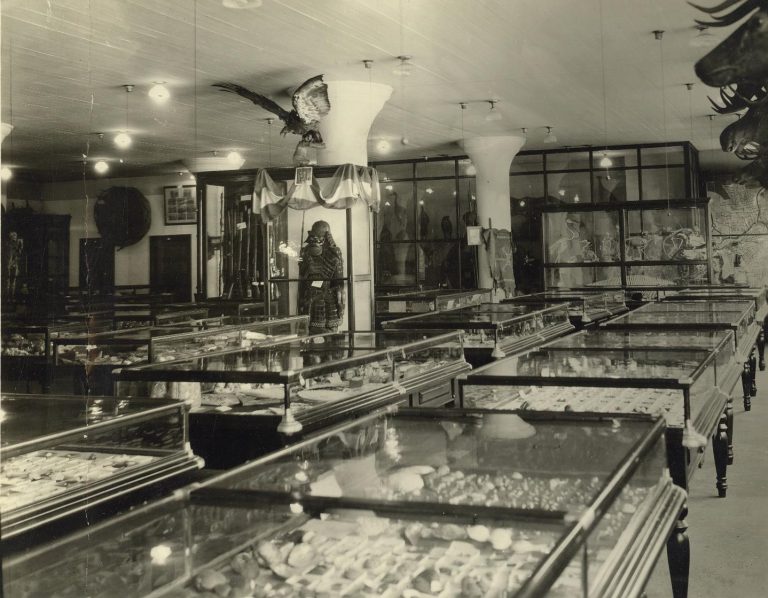


To protect, preserve, and research the cultural remains of the Sunwatch National Historic Landmark archaeological site and to serve as a visitor and educational center for archaeology, Native American culture, and heritage stewardship as they relate to the site.
Fort Ancient People
The Dayton Society of Natural History is the parent organization of the Boonshoft Museum of Discovery and its sister organization, SunWatch Village – an archaeological site and visitor’s center that offer valuable insights into the lives, traditions, and innovations of the 12th century Fort Ancient peoples.
Discovery
SunWatch, originally named the Incinerator Site, was first excavated and reported on in the 1960s by amateur archaeologists John Allman and Charles Smith. When news came in the early 1970s that the City of Dayton planned to expand a nearby sewage treatment plant onto the property and impact the site, Allman and Smith contacted James Heilman, the Curator of Anthropology at the Dayton Museum of Natural History, in hopes of recovering as much valuable information from the site as possible. In 1971 the Dayton Museum of Natural History (now the Boonshoft Museum of Discovery) began "salvage" excavations at the site with just this goal in mind.
Excavation
This initial work was designed to recover as much data from the village as possible prior to the proposed destruction of the site to make way for the sewage treatment plant expansion. As excavations continued, a planned, stockaded village which was estimated to have been occupied for about 20 years and included apparent astronomical alignments was revealed. The roughly 3 acre village site contained many well preserved artifacts, including fragile items such as crayfish pincers, fish scales, turkey egg shell fragments, and even uncharred wood remains. The work at the site exposed many students and adult volunteers to archaeology for the first time and gave them an appreciation of the archaeology and history of the region.
With the cooperation of the City of Dayton the plans for the expansion of the sewage treatment plant were modified, and with the assistance of the city, numerous volunteers, scholars, and supporters the site was saved from destruction. Soon after, planning began to interpret and open the site to the public.
Site Opens to Public
On July 29, 1988, after 17 years of excavation and research by the Dayton Society of Natural History, SunWatch opened to the public. Seasonal excavations continued through 1989. The years of excavation at the site, combined with additional analysis and research, have resulted in a remarkable understanding of the site's original inhabitants. SunWatch currently combines experimental archaeological research, including the reconstruction of the Fort Ancient structures in their original 13th century locations, with an interpretive center that exhibits many of the artifacts that have been recovered from the site. The village reconstruction includes five lath and daub structures with grass thatch roofs, portions of a stockade, and a native garden and prairie with plants typical of the period. Inferred astronomical alignments originate from a complex of posts at the center of the village that have also been replaced. There is also a picnic shelter and picnic tables overlooking the village and are available for visitors to relax.
Heilman-Kettering Interpretive Center
In June of 2006, the Heilman-Kettering Interpretive Center at SunWatch reopened after an extensive renovation added over 6,000 square feet to the facility. The renovation included a new lecture room that can be divided in two and used for lectures, seminars, receptions, traveling exhibits, and other events. A meeting room that overlooks the reconstructed village, a lift to provide access to the new second floor, and additional restrooms and other amenities provide for the comfort and enjoyment of our guests. Because of its archaeological and historical significance, SunWatch was placed on the National Register of Historic Places in 1975 and became a National Historic Landmark in 1990.
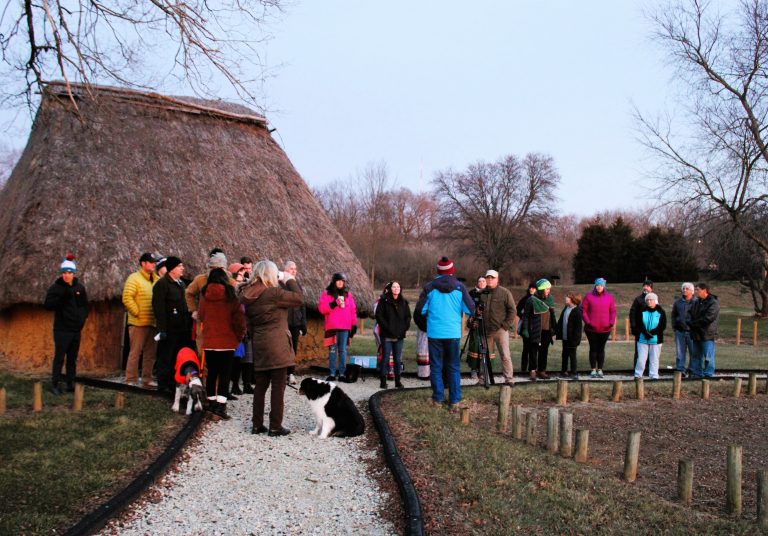


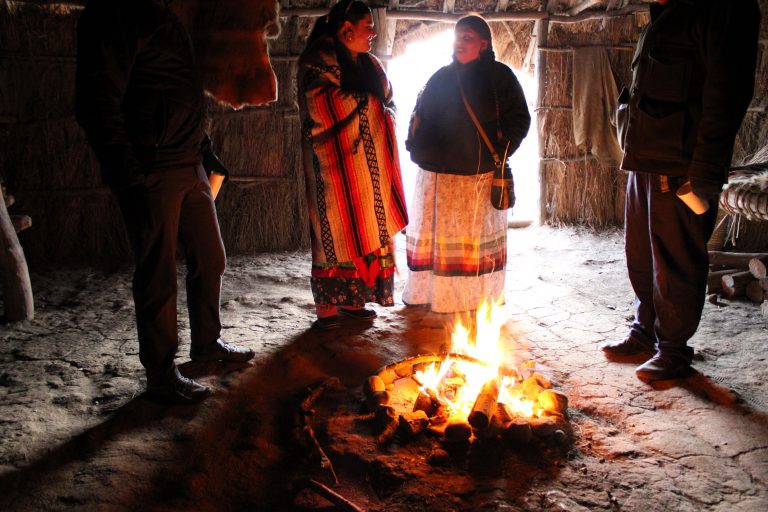



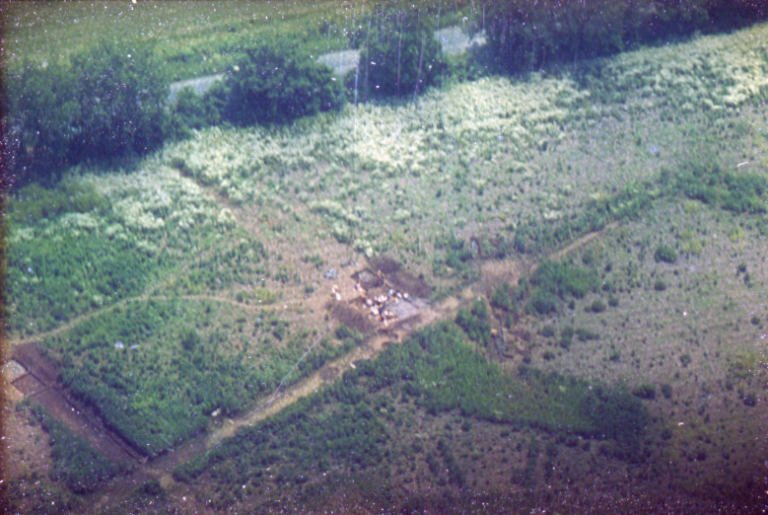
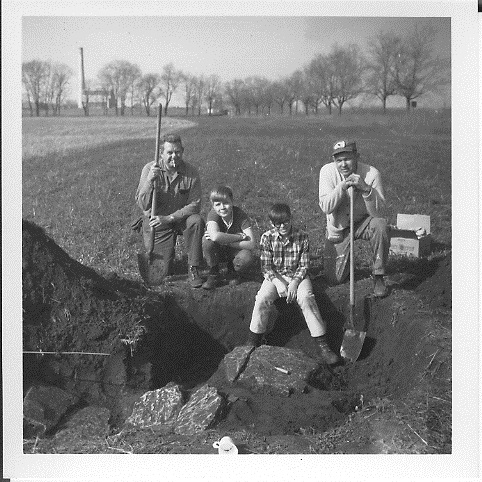

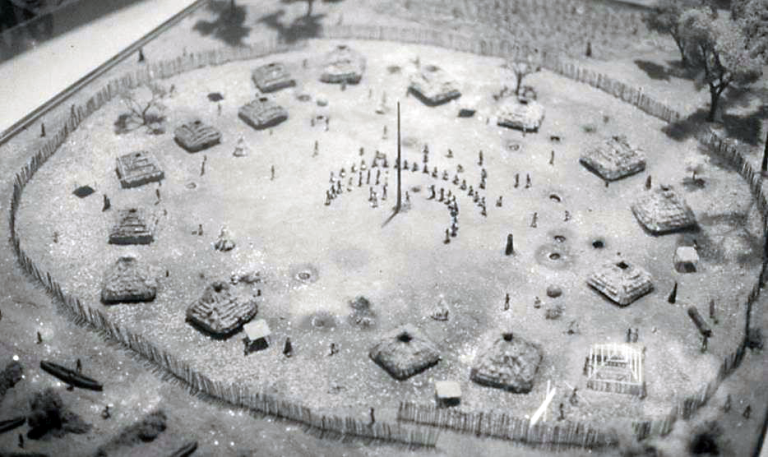
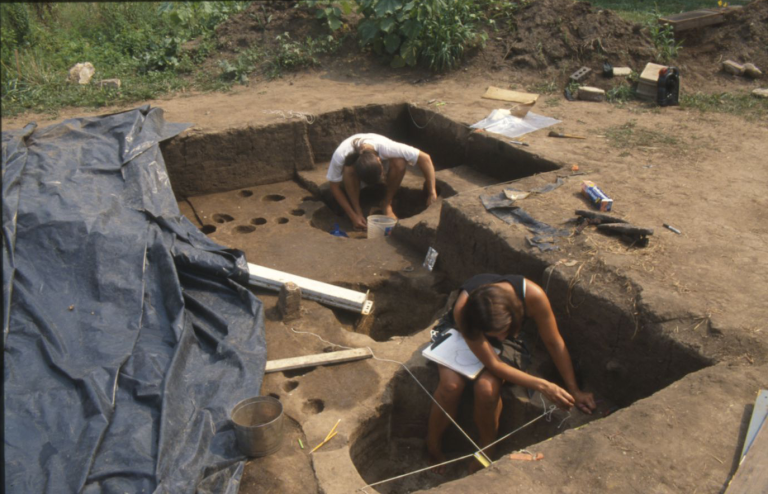

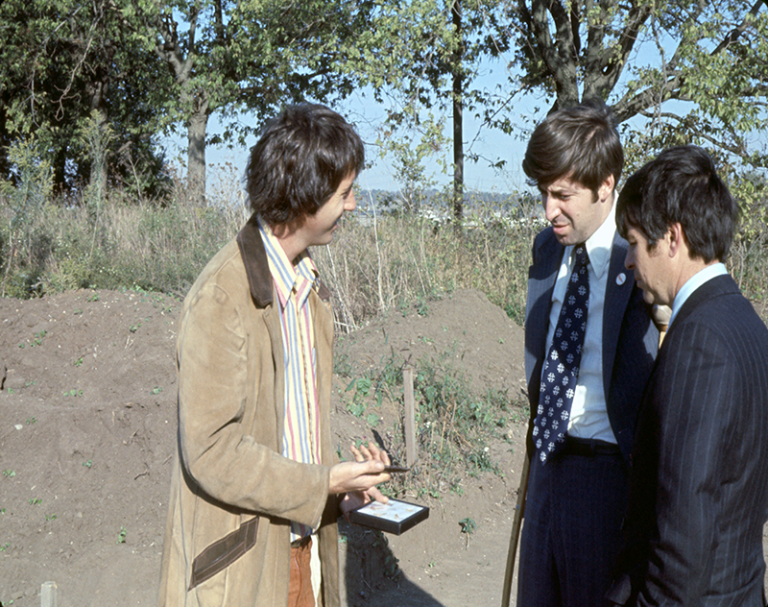
Boonshoft Accreditations & Affiliations
The Museum is accredited by the American Alliance of Museums, affiliated with the Association of Children's Museums, and is a member of the Association of Science-Technology Centers. In addition, the Discovery Zoo, located on the second floor of the Museum, is fully accredited by the Association of Zoos and Aquariums.
Board of Trustees
The Dayton Society of Natural History’s (DSNH) Board of Trustees is led by a distinct and dynamic group of volunteers that promote and support the ongoing programs and overarching educational initiatives of its two entities—the Boonshoft Museum of Discovery and SunWatch IndianVillage/Archaeological Park.
In conjunction with their volunteer leadership, the Board of Trustees is a non-salaried governing group responsible for long-term strategic planning activities of the Society, physical and human assets, its programs and policies, legal operations accountability and ensuring a continuity of leadership and direction over time.
Board of Trustees
Chair - Jason Trimbach
Vice Chair - Steve Hess
Secretary - Carissa Ross
Treasurer - Greg Hoffbauer
Ballard, Scott
Beran, John
Diakhate, Adama
Ennis, Cheryl A.
Featherstone, Diana
Farrell, Shawn
James, Christopher
Miller, Jeffrey A.
McMurry, Glen
Nolan, Kailey
Judge Spells, Mia Wortham
Stang, Nora
Stemen, Michael
Teeters, Scott
Trzeciak, Jeffrey
Wilcoxson II, C. Ralph
SunWatch Accreditations & Affiliations
The National Register of Historic Places (NRHP) is a list that recognizes historic places worthy of preservation. It is administered by the National Park Service, a part of the U.S. Department of the Interior. The NRHP was first authorized under the 1966 National Historic Preservation Act, and its mission is to coordinate and support public and private efforts to identify, evaluate, and protect cultural resources. There are 80,000 listings on the NRHP in the United States, including 325 from the state of Ohio. SunWatch was listed on the National Register of Historic Places in 1975.
National Historic Landmark (NHL) status was granted to SunWatch Indian Village/Archaeological Park in 1990. NHL status indicates that a historic or prehistoric site possesses exceptional value as commemorating or illustrating the history of the United States. NHL was formed under the Historic Sites Act in 1935. Harold Ickes, Secretary of the Interior, was seeking a broad legal foundation for a national program of preservation and rehabilitation of historic sites, and wanted a program that would work through the National Park Service to make a survey of historical and archaeological sites, buildings and objects. NHL status works to promote the advancement of historic preservation, patriotic instruction, and tourism promotion. To visit SunWatch’s NHL webpage, click here. For more information, please call 937-268-8199.
Associate Board
The Boonshoft Museum of Discovery’s Associate Board, is a dedicated talented group of community volunteers who serve as advocates and ambassadors to further the Museum’s overall mission and enhance its public image. The Associate Board assists with the coordination of the Museum’s special events and fundraisers, including the annual Boonshoft Bash and Eureka!, and has established an overarching focus to showcase the Boonshoft Museum as the unique educational venue that it is.
Thank you to all of our past and current Associate Board members for your hard work and dedication!
Associate Board
Co-President - Jessica Hoelting
Co-President - Hannah Gaskill
Secretary - Krystle Burris
Members -
Carly Lindstrom
Jonathan Bluhm
Rebecca Bluhm
Julia Mauk
Patrick Mauk
Kelli Howard
Jason Burris
Dan Hoelting
Jon Gaskill
Jordan Savory
Zion Savory
Liz Graeul
Steve Coons
Daivee Patel
John Seebock
Nikole Xarhoulacos Seebock
Alita Giacone
Kayleigh Pratt
Tyler Kennedy
Melissa Pfahler

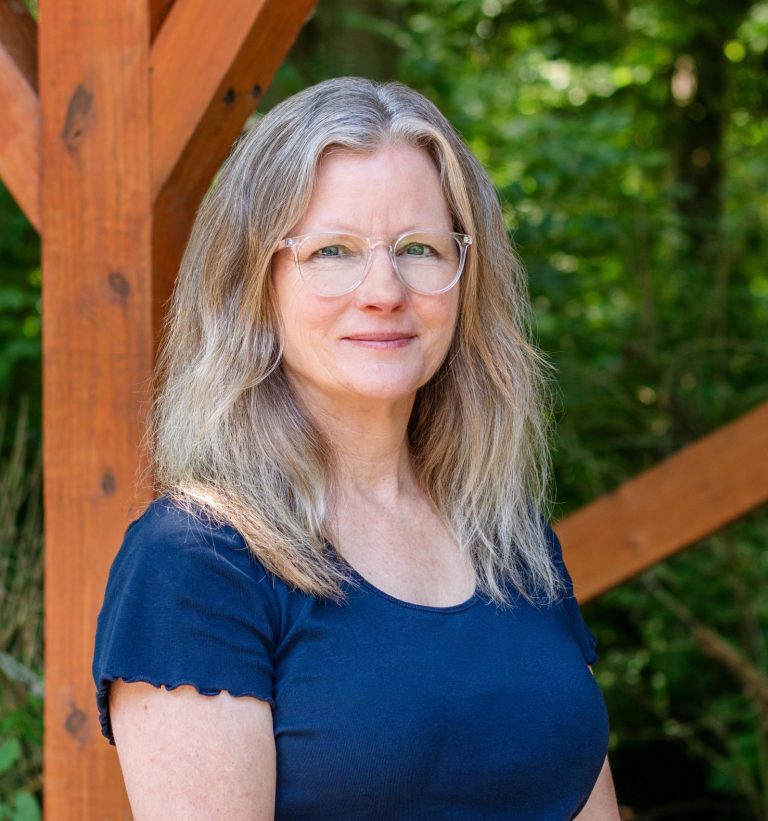
Tracey Tomme
President/CEO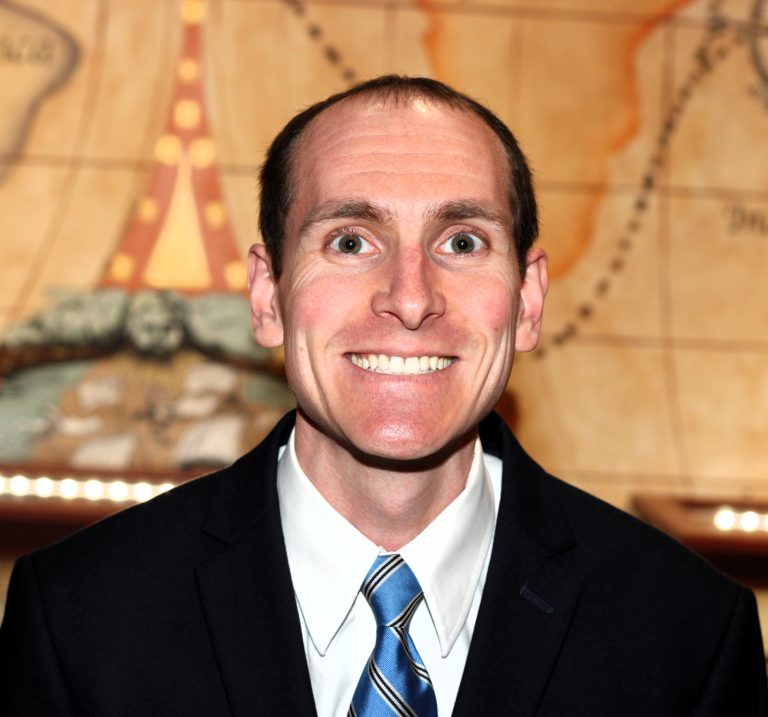
Michael Westendorf
CFO